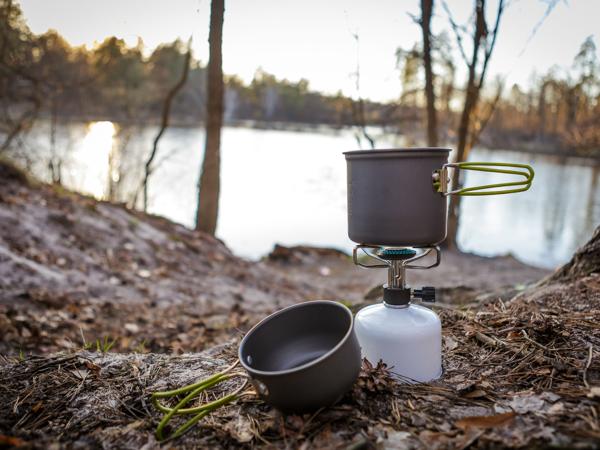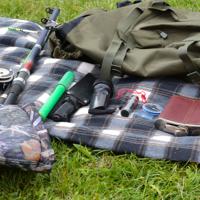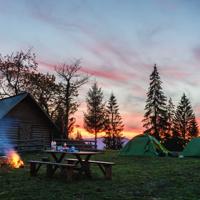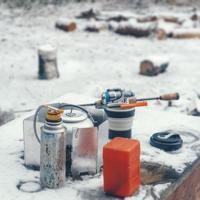In the realm of emergency preparedness, few tools are as vital as reliable fire-starting equipment. While matches and fire starters have their place, a good lighter is an indispensable asset in your survival kit. As with any survival gear, selecting the appropriate lighter involves weighing various factors, including the environment you expect to encounter, ease of use, and durability. Here's a closer look at some noteworthy options for lighters that may serve you well in a survival situation.
Types of Lighters
1. Butane Lighters
Commonly found and easy to use, butane lighters are a staple in everyday life and can be a functional choice for survival:
BIC Lighter: Often praised for its reliability, a BIC lighter is a simple, low-cost option that performs well in various conditions. It's easy to carry several as backups due to its compact size.
Clipper Lighter: Similar in design to the BIC, Clipper lighters offer an edge with their refillable feature and removable flint system, which can assist with fire-starting in a pinch.
2. Windproof Lighters
Outdoor conditions can be unpredictable. Windproof lighters are designed to resist breezy environments:
Zippo Lighter: An iconic choice, the Zippo runs on lighter fluid and is known for its windproof construction. Its classic design has been around for decades, and it’s moderately wind-resistant. Users appreciate the lifetime warranty that accompanies Zippo products.
Jet Flame Lighters: Also known as torch lighters, these models produce a concentrated jet of flame, making them highly effective in windy conditions. However, they require careful handling and regular refilling with butane. Examples include the Scorch Torch and Blazer lighters.
3. Electric Lighters
Recent technology has introduced electric lighters, which can be a reliable choice, especially if you have access to charging options:
- Plasma Arc Lighters: These utilize electricity to create a charge that lights your fire. The advantage of a plasma arc lighter is its windproof nature. Brands like Tesla Coil Lighters offer a rechargeable feature—valuable for long-term survival situations, provided you have a power source.
4. Survival-Specific Lighters
For those who want lighters specifically made for demanding environments:
Exotac titanLIGHT: Designed with survivalists in mind, the titanLIGHT is waterproof and can be operated with gloves. It's refillable and robust, making it a sound choice for harsh conditions.
UCO Stormproof Torch: Combining the utility of a windproof lighter with a waterproof match case, the UCO Torch ensures versatility. It functions both as a torch and a lighter to cover more bases with one tool.
Factors to Consider
Usage Conditions
Consider the environments where you’ll most likely need to use the lighter. Windy, wet, or extreme cold conditions can make some lighters perform differently than others. A redundant system of carrying different types of lighters is often a recommended approach among survival enthusiasts.
Maintenance and Refuelling
While butane and fluid lighters eventually run out of fuel, electric lighters depend on charge cycles. Understanding the maintenance of each type can significantly impact their effectiveness when you most need them.
Reliability
Reading reviews and testing your choices beforehand can help ensure you settle on a lighter that ignites reliably during your drills or camping trips.
In Conclusion
Selecting the right lighter for survival is undoubtedly a personal journey, influenced by your specific needs, budget, and preferences. While none are perfect, each of the types mentioned has strengths that might make them your lighter of choice. Investing time and thought into what fits your lifestyle can help ensure you’re prepared when you most need a fire.
Remember to check out user reviews and consider trying out multiple options to identify what works best for you. In emergency preparedness, peace of mind often starts with knowing you have reliable tools at your disposal.




